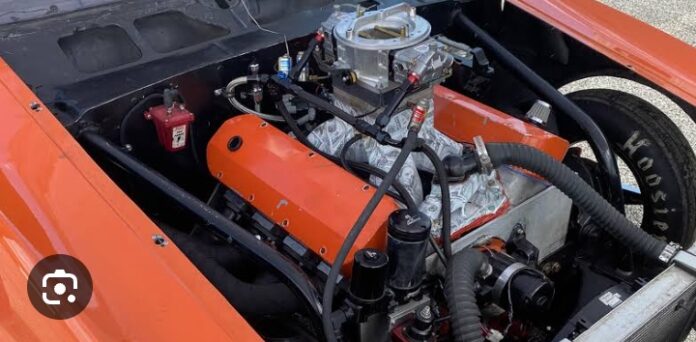Chevrolet, often called Chevy, has a rich history of producing high-performance engines that have left a significant mark on the automotive world. Among their iconic engine offerings, the Chevy Big Block engines stand out as power, durability, and innovation symbols.
In this blog post, we’ll journey through time to explore the evolution of Chevy Big Block engines, from their inception to their legacy, and also touch upon the revolutionary LS engine.
1958-1965: The Birth of the Big Block
The journey of Chevy Big Block engines began in 1958 with the introduction of the W-series engines. The 348-cubic-inch (5.7L) V8 engine started a new era in American muscle. In 1961, the engine was improved and expanded to 409 cubic inches (6.7L), making it one of the industry’s first true performance-oriented big block engines.
1965-1970: The Mark IV
The arrival of the Mark IV engine family in 1965 saw significant changes to the lineup. The 396 cubic-inch (6.5L) V8, often called the “rat motor,” became a symbol of power and dominance on both the streets and the racetracks. This era also introduced the legendary 427 cubic-inch (7.0L) engine, offering unparalleled power and torque. The 454 cubic-inch (7.4L) engine emerged later as this generation’s largest displacement Big Block.
1970s: The Smog Era and Decline
The 1970s brought challenges for performance engines due to tightening emission regulations. This era saw a decline in the power output of Big Block engines as manufacturers struggled to balance performance and emissions compliance.
1980s-1990s: Resurgence and Modernization
In the 1980s, Chevy’s Big Block engines regained some of their lost glory. The introduction of the 454 SS pickup truck in 1990 brought back a 7.4L V8 engine, albeit in a slightly tamer form. During this period, they also witnessed the rise of crate engines, allowing enthusiasts to install Big Blocks in various vehicles.
2000s: The LS Engine Revolution
As the 21st century dawned, Chevy underwent a major shift in engine technology with the introduction of the LS engine family. While not a Big Block in the traditional sense, the LS engines, known for their compact size, lightweight design, and excellent performance potential, redefined Chevy’s engine lineup. The LS engines offered impressive power, fuel efficiency, and reliability, making them a favorite among enthusiasts and performance builders.
Conclusion
The evolution of Chevy Big Block engines is a testament to the brand’s commitment to producing high-performance engines that cater to the demands of enthusiasts and drivers alike. From the early days of the W-series to the LS engine revolution, Chevy’s dedication to power, innovation, and adaptability has left an indelible mark on automotive history.

